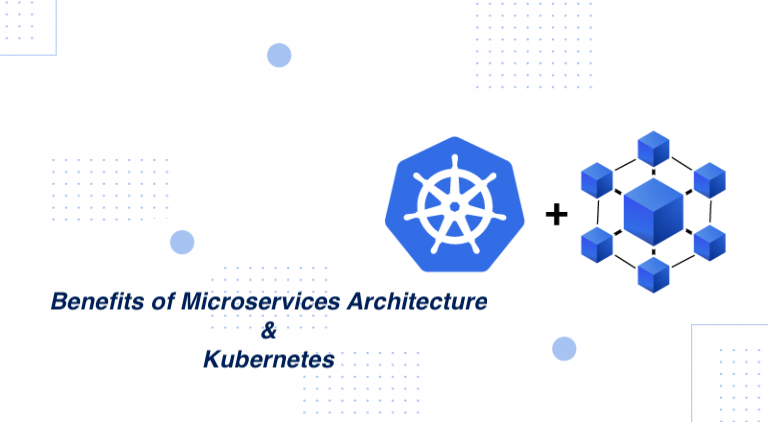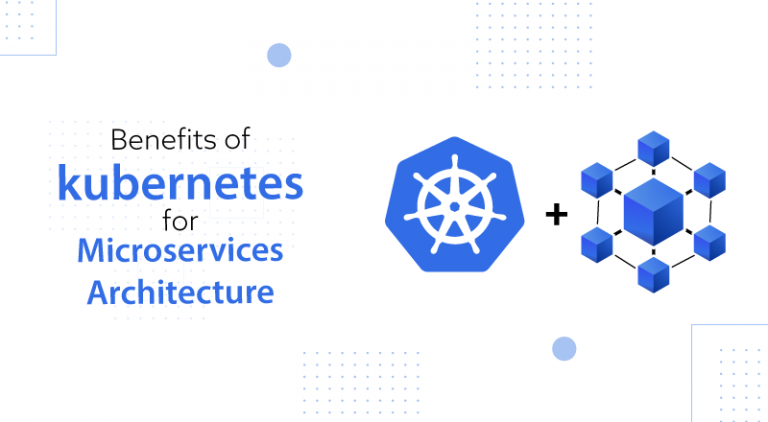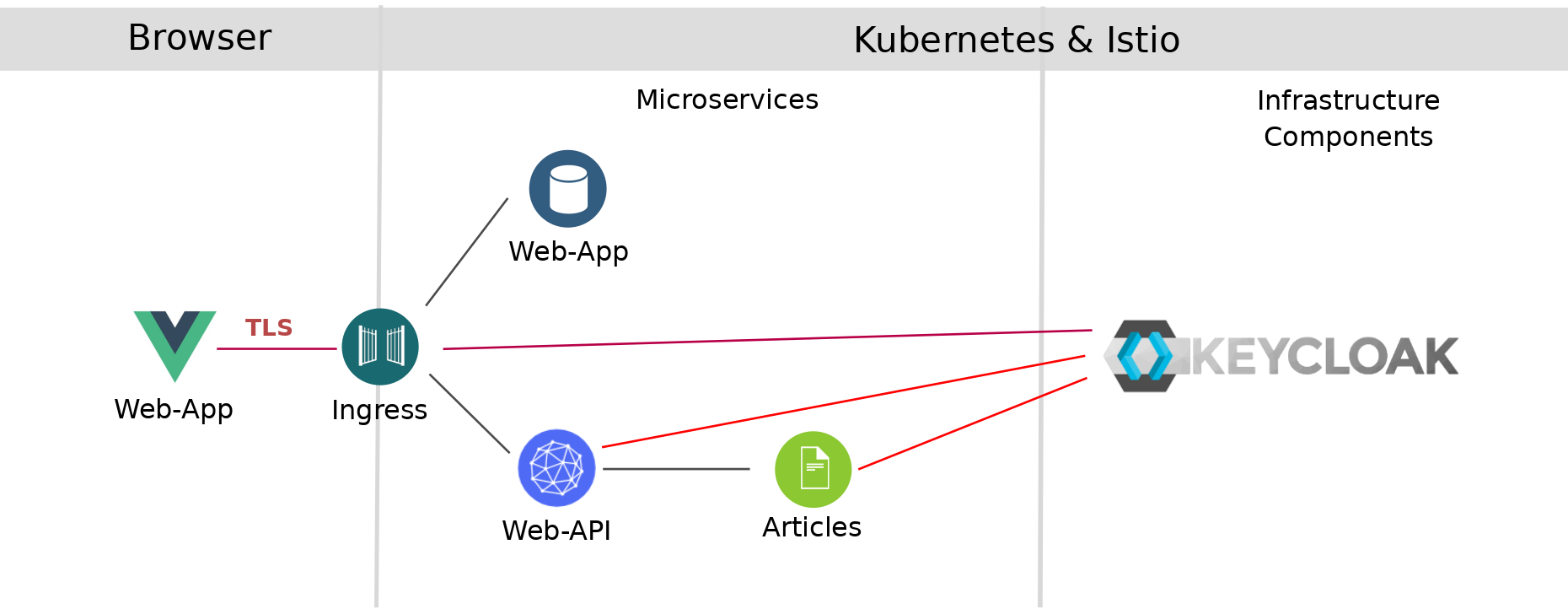

- Microservice deplyment using docker and kubernetes how to#
- Microservice deplyment using docker and kubernetes install#
- Microservice deplyment using docker and kubernetes full#
- Microservice deplyment using docker and kubernetes code#
Microservice deplyment using docker and kubernetes install#
For local machines, you can install Kind, Minikub, etc. Additionally, you can install kubeadm, kubespray, etc. You can choose the Kubernetes cluster as managed service, for instance – AKS, GKE, Amazon EKS. To run a microservices application on Kubernetes, you need a Kubernetes cluster. The deployment consists of the following components. Even though this post covers a local deployment, it’s good to understand how a microservice deployment looks like in production.Ī reference deployment of the microservice application on Kubernetes can look like: Microservices application deployed on Kubernetes In this article, we will deploy the product-catalog microservice on the local Kubernetes cluster. Once the image is tagged, we can push the image as:ĭocker push techdozo/product-catalog-svc:1.0.0 This can be done by running the command:ĭocker tag product-catalog:1.0.0 techdozo/product-catalog-svc:1.0.0 To push the image to Docker Hub, at first, we had to tag the local image product-catalog with the Docker Hub repository techdozo/product-catalog-svc.
Microservice deplyment using docker and kubernetes full#
You can find full instructions about creating a repository and pushing images to the repository at Docker Hub. After you create a repository in the Docker Hub account, you can push your local image to this repository. First, you need to create an account at Docker Hub. Publish Docker container to Docker HubĪ container registry, like Docker Hub, allows you to share container images with others. If you want you can test through Postman by connecting to localhost:8080. You should see a Spring Boot application starting up. Optionally, if you want to validate if the image can be run successfully, run the command docker run -p 8080:8080 product-catalog:1.0.0.

Product-catalog 1.0.0 1b3edac07100 9 minutes ago 261MB You can validate if the image has been created successfully by running the command docker image ls. This command creates a Docker image product-catalog with tag 1.0.0. t product-catalog:1.0.0 from product-catalog-svc directory. T o create the docker image run the command docker build. This launches product-catalog microservice on port 8080. To validate, run the command java -jar build/libs/product-catalog-svc-0.0.1.jar from the root directory product-catalog-svc. This is made possible by Spring Boot’s Gradle plugin, defined as: This command packages all classes and dependencies in a jar. To build Spring Boot jar, run the command gradlew clean build from the root directory product-catalog-svc. To build a container image from Dockerfile, we need to follow the below steps. The ENTRYPOINT instruction tells Docker which command to run at the startup.The EXPOSE instruction instructs Docker that the container listens to the specific port at the runtime.

Microservice deplyment using docker and kubernetes code#
Some of the important features of Kubernetes are:Ī container is an executable that packages up code and all its dependencies in a standard unit. Kubernetes is an open-source container orchestration platform.

The Kubernetes allows us to deploy the containerized microservice application in public, private, or hybrid cloud infrastructure.
Microservice deplyment using docker and kubernetes how to#
In the previous post RESTful Microservices with Spring Boot and Kubernetes, I explained how to design and develop a microservice application using Spring Boot.Īlthough this post talks about the Spring Boot application, the concepts discussed apply to any microservice application.Īre you curious to know how to deploy microservices on Kubernetes, the most popular choice for running microservice applications?


 0 kommentar(er)
0 kommentar(er)
